Step off the plane in Amsterdam and the first thing that hits you is the gentle whiff of fresh stroopwafels drifting through cobblestone streets, mixing with the chill of canal air. In Thailand, it’s the sizzle of street food and the neon glow reflecting off motorbike mirrors as tuk-tuks zip past endless market stalls. These places have a magnetic allure—drawing dreamers, foodies, and adventure-seekers from every corner of the globe. But behind the postcard scenes, the Netherlands and Thailand are taking bold, creative steps to balance the thrill of discovery with the need to protect their culture, neighborhoods, and nature. Here’s how they’re doing it, and why every traveler should care.
Amsterdam’s Push Beyond the Center
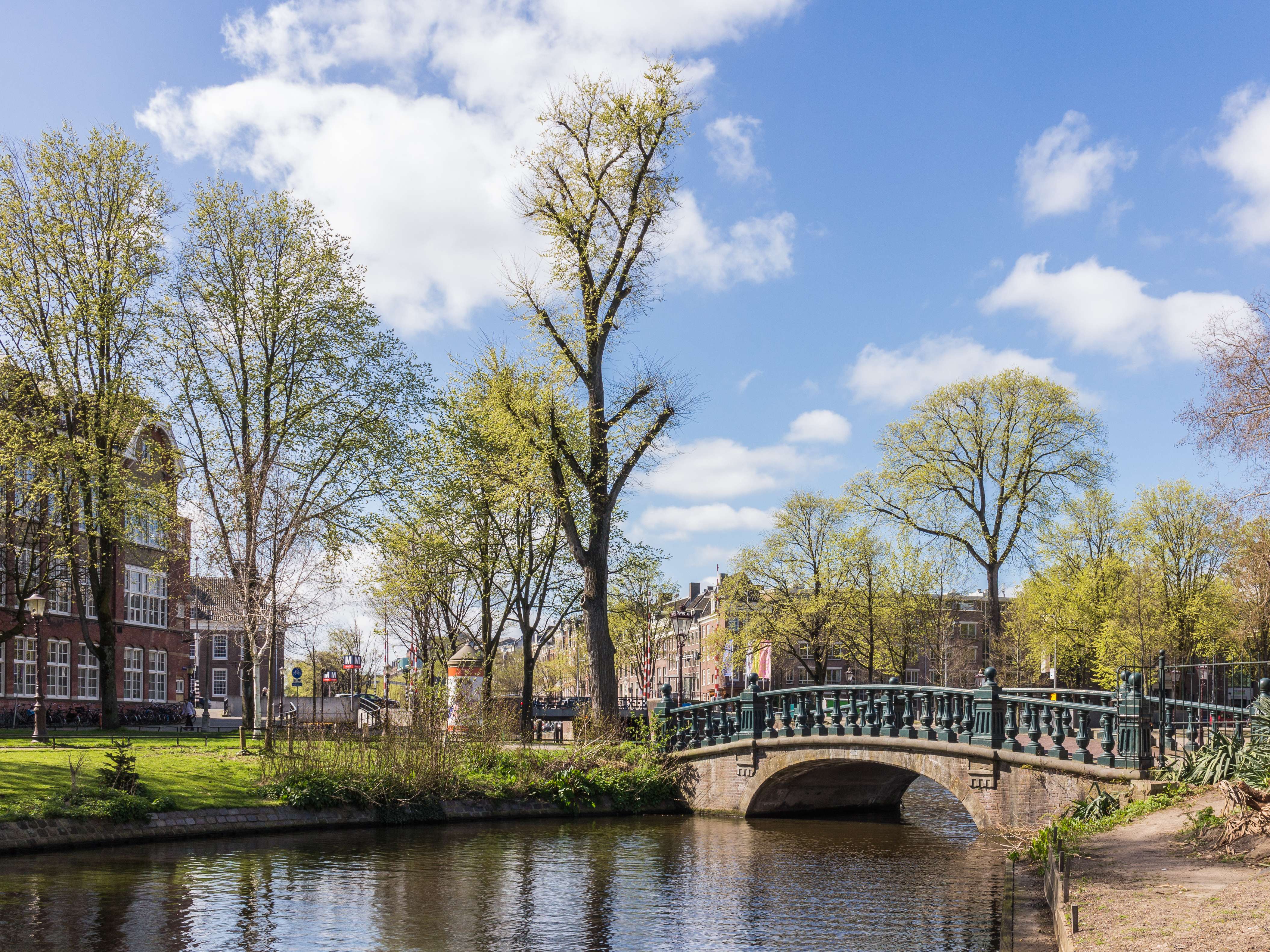
Amsterdam’s heart is beating faster than ever, with over 20 million visitors weaving through its narrow lanes each year. The city’s classic image—bicycles lined up along sleepy canals, tulips blooming in window boxes—sometimes hides the strain this brings. Locals have seen their favorite bakeries swapped for tourist shops and quiet streets flooded with selfie sticks. To ease the pressure, Amsterdam launched new campaigns pushing visitors to explore beyond Dam Square and the Red Light District. Neighborhoods like De Pijp, with its quirky cafes and the famous Albert Cuyp Market, or Noord, filled with street art and innovative eateries, now get a spotlight. The city’s message is clear: the real Amsterdam is bigger, richer, and far more local than you ever imagined.
Cracking Down on Party Culture

Amsterdam’s reputation as an anything-goes party city hasn’t always been a blessing. Noise complaints, rowdy behavior, and trashed streets have nudged authorities into action. Stricter rules now govern short-term rentals, especially in historic areas, and there are steeper fines for public drunkenness or misbehavior. Signs in multiple languages and friendly but firm reminders from locals help keep the peace. Some bars now require earlier closing times and “silent hours” are enforced in residential zones after dark. For many residents, these changes have been a relief, bringing back a sense of calm without losing the city’s playful spirit. For travelers, it’s a chance to experience a more authentic side of Amsterdam—one where you can still enjoy a Heineken, but maybe also a heartfelt chat with a local artist.
Thailand’s Island Limits
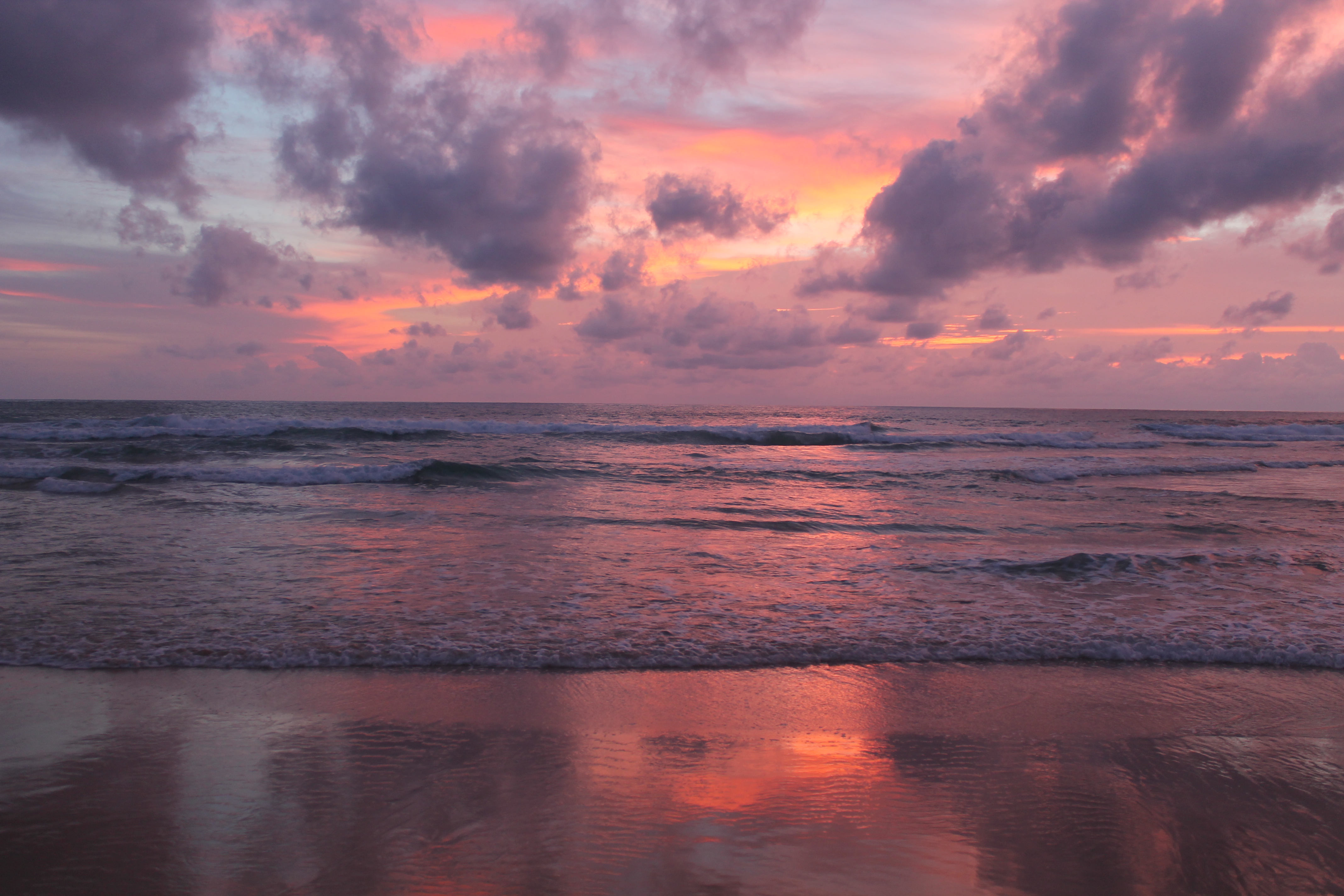
The beaches of Thailand are legendary. Powdery sand, turquoise water, and cliffs that seem to leap straight from the movies. But places like Maya Bay and Koh Phi Phi became victims of their own beauty—so crowded at times that the coral reefs and local wildlife suffered. In a dramatic move, the Thai government closed Maya Bay for over three years, giving nature a break and letting the underwater world heal. Today, visitor numbers are capped, and only certain areas are open for swimming. The difference is striking: sea turtles have returned, coral is reviving, and the sense of peace is back. It’s a powerful reminder that sometimes the best way to love a place is to let it breathe.
Sustainable Choices on Every Corner
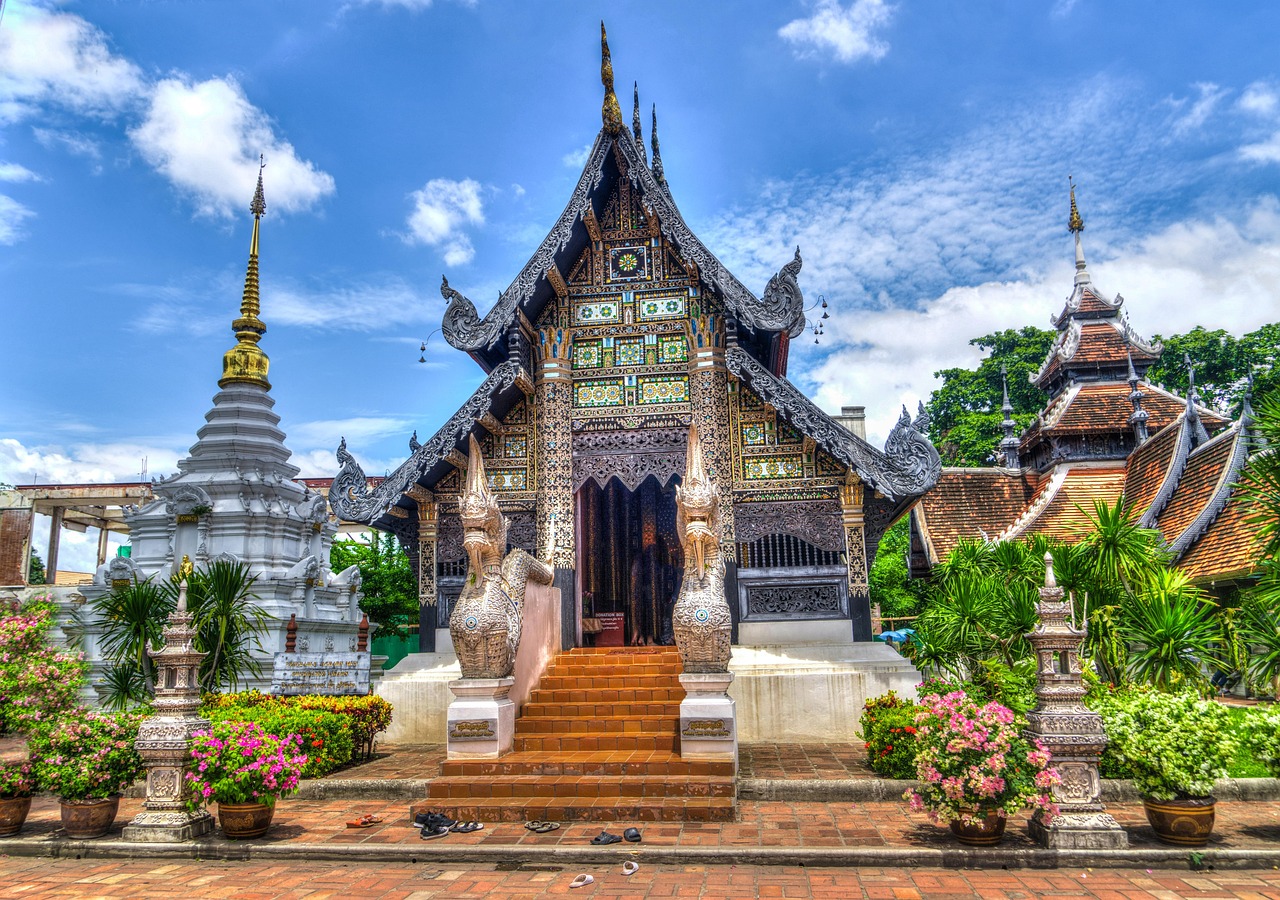
Everywhere you turn in Thailand, there are signs—some literal, some subtle—urging travelers to tread lightly. Local authorities encourage the use of reusable water bottles and have begun banning single-use plastics in many national parks. Eco-friendly tours, certified by the Tourism Authority of Thailand, help travelers pick companies that treat animals well and pay fair wages. In Bangkok, you’ll find recycling bins on bustling Sukhumvit Road, and in Chiang Mai, guides teach visitors how to interact respectfully with elephants and other wildlife. These efforts don’t just preserve the environment—they create more meaningful experiences for everyone involved.
Learning Local Etiquette

In both countries, respecting local customs isn’t just polite—it’s essential. In the Netherlands, you’ll see signs reminding you to keep the bike lanes clear, to lower your voice in residential areas, and to greet shopkeepers with a friendly “Hallo.” The Dutch value their quiet, organized way of life and appreciate when visitors join in rather than disrupt. Thailand’s etiquette is steeped in centuries of tradition. Cover your shoulders and knees at temples, take off your shoes before entering homes, and always show respect for images of the King. Small gestures—like learning to say “Sawasdee ka” or “Dank je wel”—open doors to genuine connection and can transform a simple interaction into a lasting memory.
Best Times to Visit

Choosing when to go makes a huge difference. Amsterdam dazzles in the shoulder seasons—April to May and September to October—when tulips bloom or autumn leaves fall, and crowds thin out. The city feels more relaxed, and you’ll find locals lingering at canal-side cafes. Thailand’s ideal window is November to February, when the heat softens and the air is clear. Visiting during these periods not only means better weather and lower prices—it also helps spread out the impact of tourism, giving local communities space to thrive year-round.
Travel Technology in Action
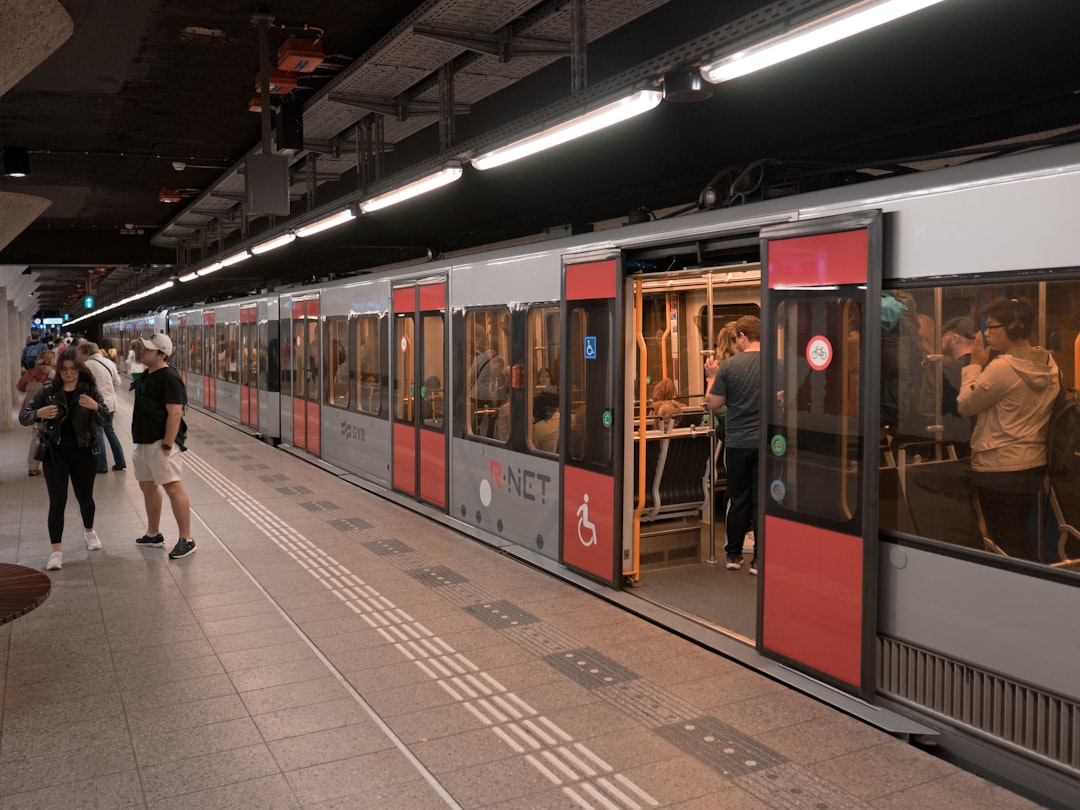
Both nations are harnessing technology to keep tourism sustainable and enjoyable. Amsterdam uses smart data to track visitor density, adjusting signage and even public transport routes to ease congestion. Apps alert travelers to busy spots and recommend alternative experiences. In Thailand, online platforms give real-time updates on beach closures, temple etiquette, and eco-friendly tour options. These digital tools put the power in your hands to make informed, positive choices every day of your trip.
Community Voices Shape the Future

What’s striking in both the Netherlands and Thailand is how much locals are involved in shaping the future of tourism. Amsterdam’s residents join public forums, voicing concerns and proposing solutions—from regulating Airbnbs to planting more trees along the canals. In Thailand, villagers run homestays and guide eco-tours, sharing their stories and ensuring that tourism benefits everyone, not just big hotels. This sense of ownership means that when you visit, you’re not just a spectator—you’re welcomed as a guest in someone’s home.
Hidden Gems Worth Discovering
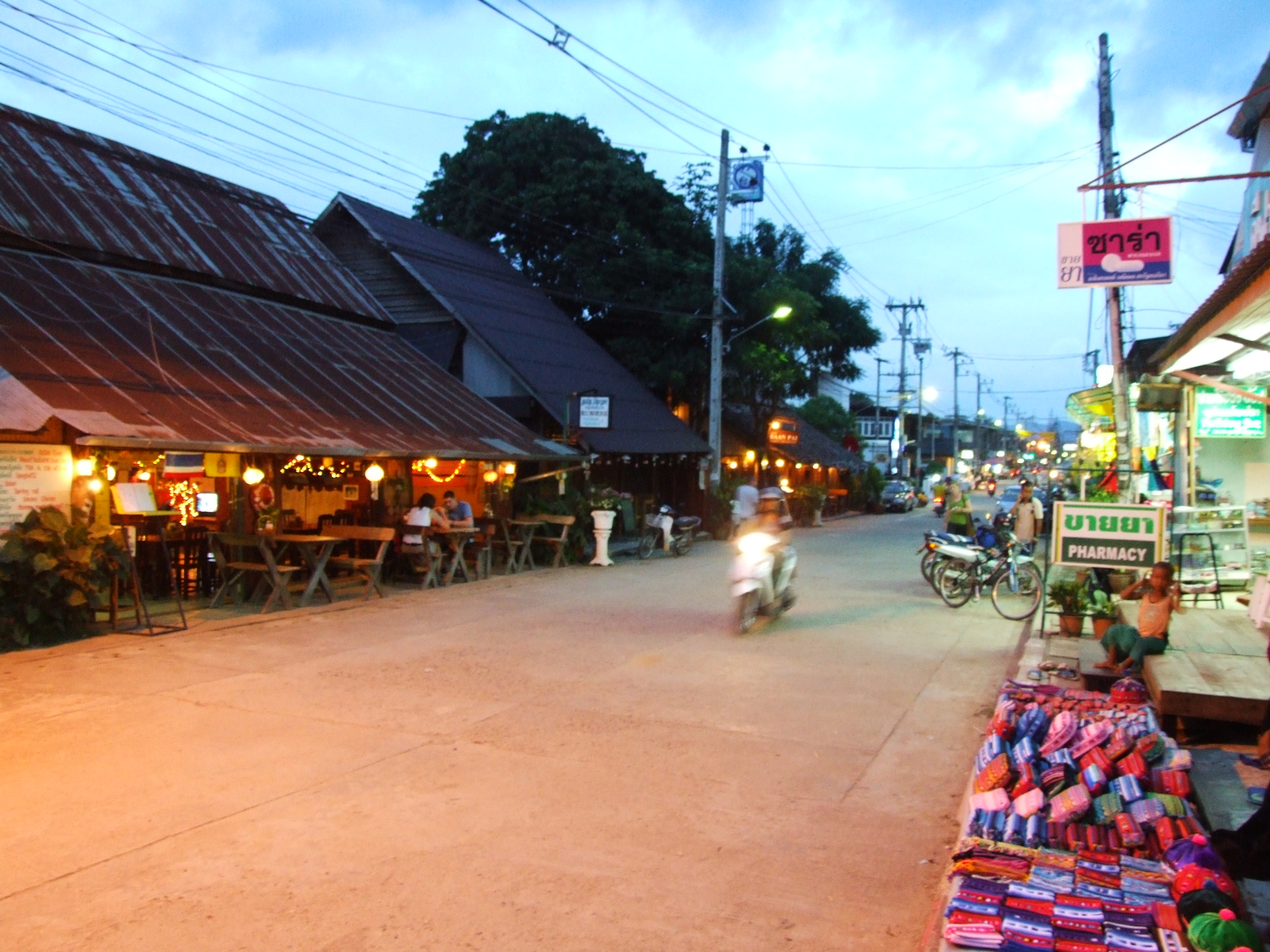
Stepping off the beaten track reveals magic you’d never find in a guidebook. In Amsterdam, cycle to the lush Vondelpark or hop a ferry to the creative hub of NDSM Wharf, where street art and food trucks await. In Thailand, trade the crowded beaches for tranquil Koh Yao Noi or the emerald hills of Pai. These lesser-known spots offer a slower, deeper kind of travel. You’ll find the food tastier, the smiles warmer, and the stories unforgettable.
Travel Hacks for the Conscious Explorer
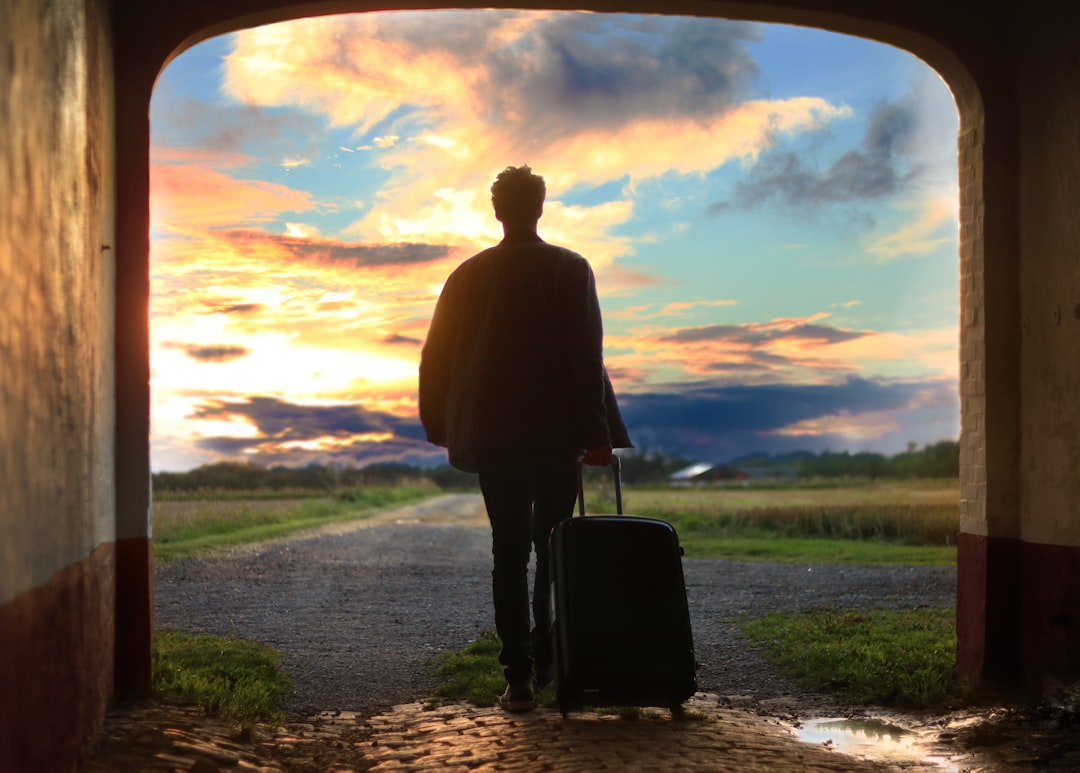
A few insider tricks can make your trip smoother and more sustainable:
– Buy a multi-day public transport pass in Amsterdam to zip around like a local
– Rent a bike (but always lock it securely—bike theft is real)
– In Thailand, carry a sarong or scarf to cover up at temples
– Seek out food stalls with long lines—locals know where it’s best (and safest)
– Download official tourism apps for real-time info on closures, events, and etiquette
These little moves keep your trip stress-free and help you blend in, not stand out, for the right reasons.
Moments That Make It All Worthwhile

Travel is about more than photos—it’s about those little moments that stick with you. Like watching the sunrise over a misty canal, or sharing sticky mango rice with a Thai grandmother who laughs at your attempts to use chopsticks. It’s pausing to chat with a Dutch florist about the best blooms, or letting a street food vendor teach you how to say “spicy, but not too spicy” in Thai. These are the memories you carry home, shimmering in your mind long after your plane lands.






